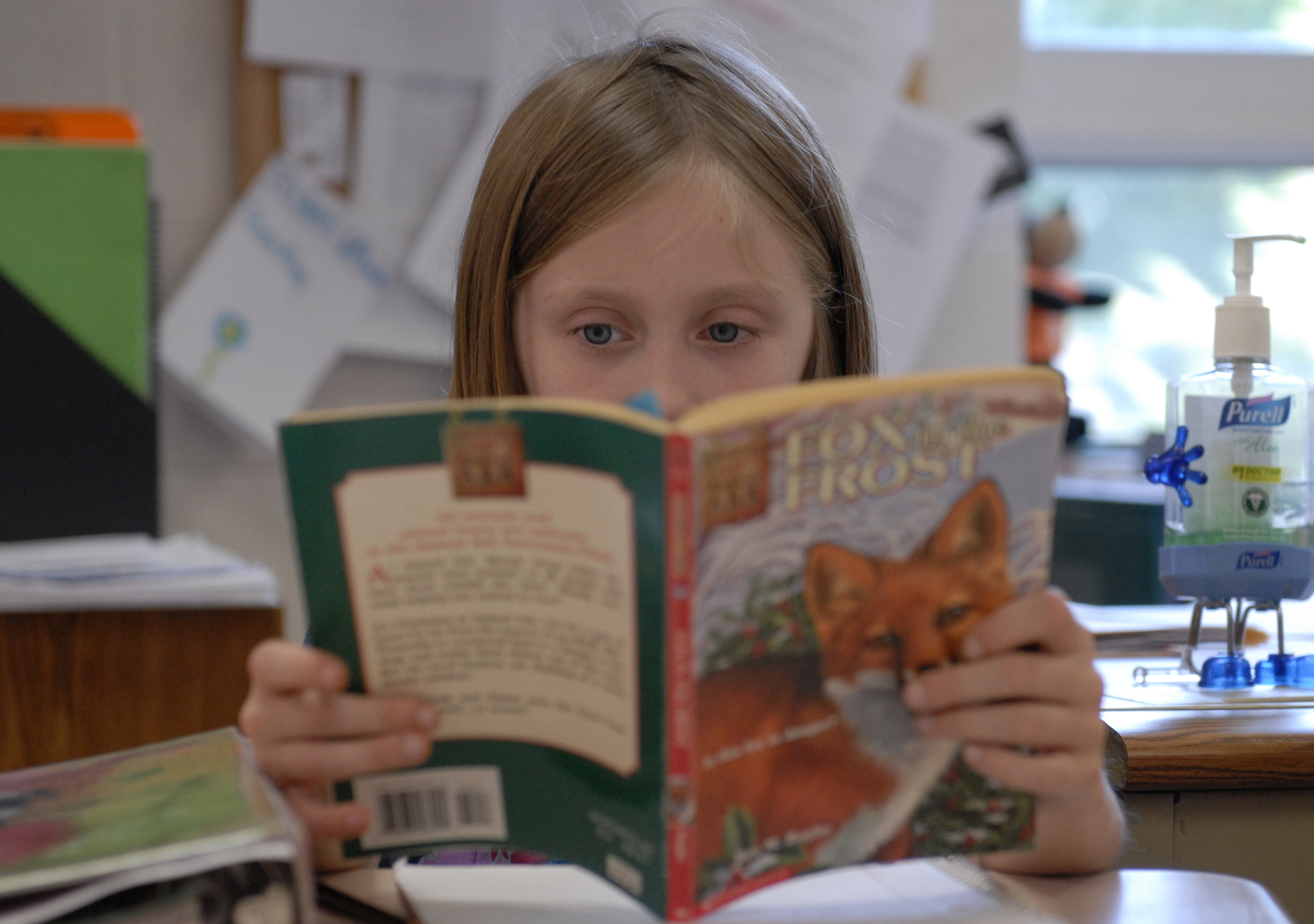Scores for every tested subject rose this year for Hamilton County schools, according to the 2012 Tennessee Report Card.
State officials on Wednesday released the annual report card, which includes data on everything from student disciplinary problems to attendance and standardized test scores.
District-wide results for Hamilton County show moderate to significant improvement in the number of students scoring in the proficient or advanced categories in elementary math, elementary reading/language arts, high school math and high school English. Results show the number of students scoring in the below-basic category is decreasing.
Other findings on this year's state report card include:
• The county's graduation rate remained relatively steady at 81.2 percent this year, down from last year's 81.7 percent. The 2012 figure is still above the 2010 rate of 80.2 percent, but below the 2012 state average of 87.2 percent.
• Hamilton County improved its value-added grade for math from a C to a B for kindergarten through eighth grade. Reading and science remained at a D and social studies remained at a B. Value-added measures year-over-year growth in student achievement.
• County schools suspended 3,875 students in 2011-12, up from 3,816 the year before. Expulsions remained steady with 236 students expelled in 2011-12, up from 235 in 2010-11.
• The county's average ACT score rose from 18.7 to 18.9. That's still slightly below the state average of 19.2.
The report notes multiple achievement gaps among groups of students in Hamilton County. While the district met a majority of its overall student achievement goals for 2012, it only met three of 16 goals for closing achievement gaps.
"The big issue for us - and we continue to talk about it quite often - is the gap-closure issue," Superintendent Rick Smith said Wednesday. "We really need to improve scores with our minority populations."
Smith said he hadn't yet examined school-by-school data, but overall he's pleased with the district's achievement scores, which measure how students performed on the standardized tests and end-of-course exams. The state gave the county a B in math and social studies and a C on science and reading/language arts for achievement - the same grades it received in 2011.
"Although our grades are the same, our percentages have increased either 1 or 2 percent in each content area," the superintendent said. "So that's an improvement."
Scores improved across the state this year in results that state officials billed as "unprecedented."
Tennessee Education Commissioner Kevin Huffman said the 2012 report card, which includes more data than in previous years, should be a valuable resource for all parents and families. The online tool provides state, district, school and grade-level performance data for all of Tennessee's 136 school districts and 1,784 public schools. It also shows how groups of students performed.
"I think it can be a really empowering thing for parents and community members to know how schools in their area are doing," Huffman said.
The state will also make closing achievement gaps a key focus this year, Huffman said. Tennessee's new accountability system, which replaced No Child Left Behind and Adequate Yearly Progress this year, closely monitors performance gaps among races, poor and non-poor students, special education and regular education students and English as a second language students and those whose first language is English.
Huffman said the state is especially interested in closing the gaps between disabled and non-disabled students. Statewide, students with disabilities performed 18.2 percent lower than students without disabilities on math tests in 2012, the report card shows. In high school English, that gap was 40 percent.
"I think our gaps are larger than they need to be," Huffman said.
